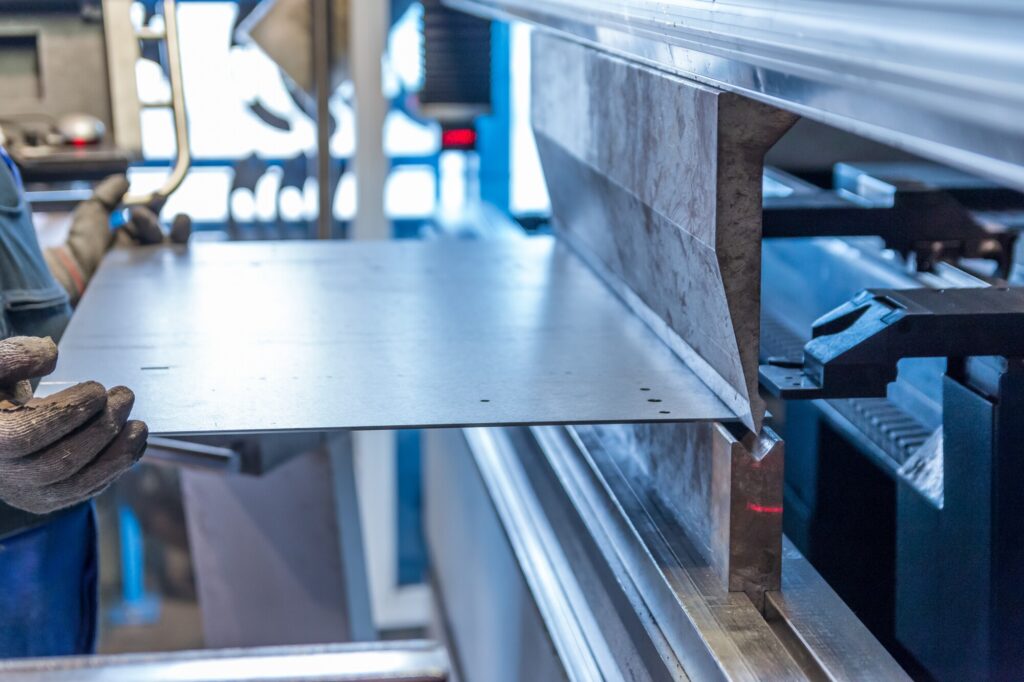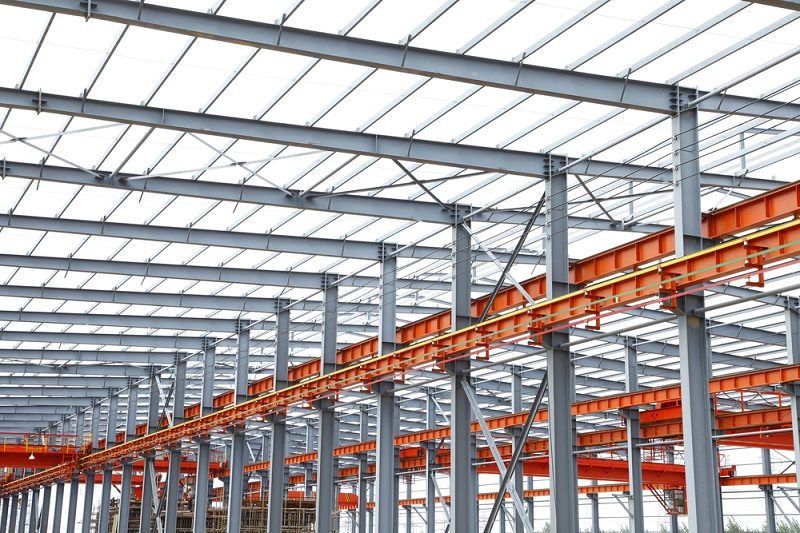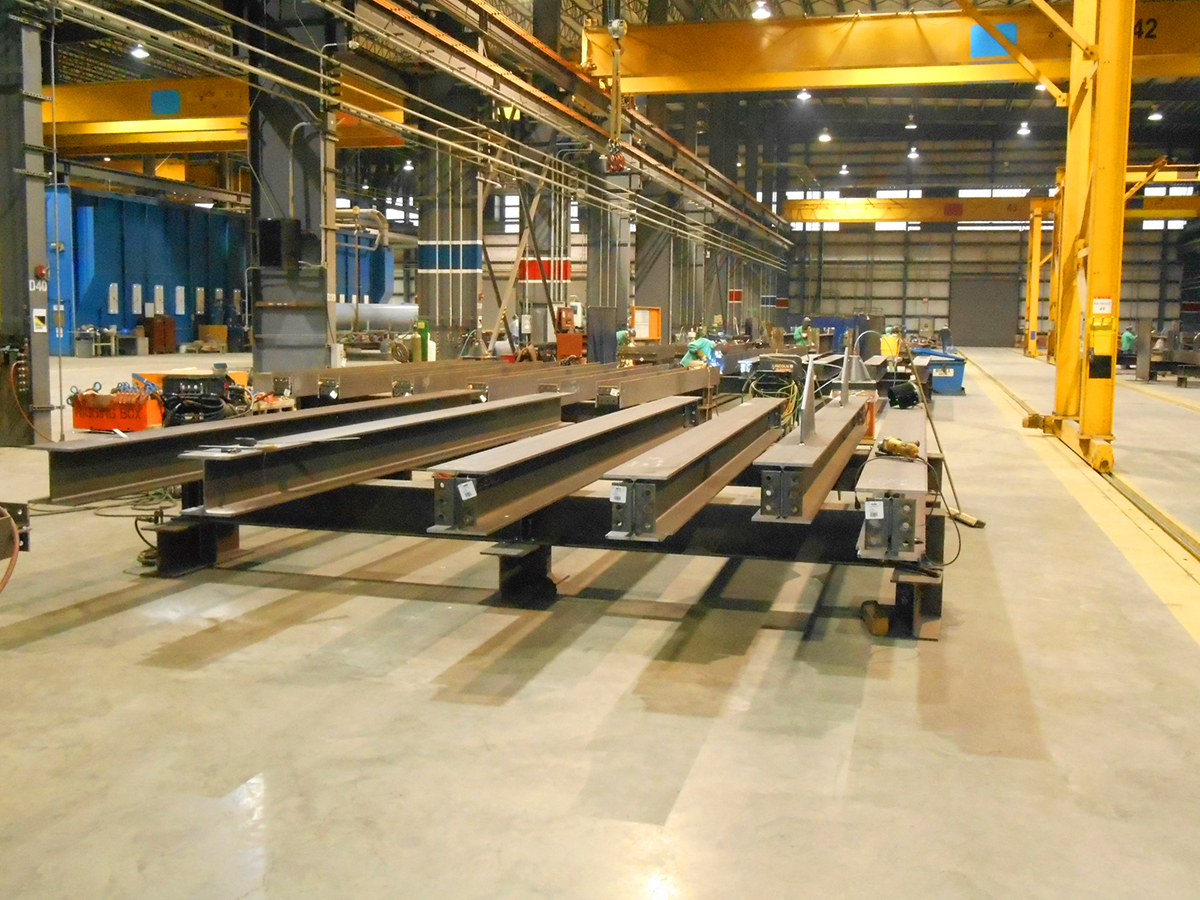Alpha Reo: Leading the Way in Reinforced Steel Solutions
Alpha Reo: Leading the Way in Reinforced Steel Solutions
Blog Article
Cutting-edge Patterns in Steel Construction: Enhancing Longevity and Precision
In the world of steel manufacture, the pursuit of toughness and accuracy has led to a wave of ingenious patterns that are improving the market. These trends are not simply shaping the present yet additionally laying the groundwork for the future of steel construction, assuring additional improvements in longevity and accuracy.
Advanced Welding Technologies
In the realm of steel fabrication, the adoption of sophisticated welding technologies has dramatically changed the sector's method to attaining remarkable top quality and precision in architectural welds. Advanced welding innovations, such as laser beam welding and rubbing mix welding, have arised as game-changers in the area. By leveraging these advanced welding techniques, steel makers can elevate the longevity, strength, and accuracy of their architectural welds, satisfying the increasingly demanding requirements of modern-day building jobs.
Robot Automation in Fabrication
Embracing robot automation has actually come to be a cornerstone of modern steel fabrication methods, improving and simplifying procedures efficiency throughout the market. Robotics are changing the means steel elements are made, offering unequaled accuracy and rate while lowering human error. These automated systems can manage recurring jobs with regular precision, leading to higher top quality output.
One trick benefit of robot automation in steel manufacture is the capacity to work around the clock without tiredness, considerably enhancing production outcome. This continuous operation lessens downtime and speeds up job timelines, eventually saving costs for suppliers. Furthermore, robots can be configured to carry out elaborate tasks that might be tough or hazardous for human employees, enhancing safety in the workplace.
Furthermore, robot automation enables seamless combination with other digital modern technologies, such as computer-aided design (CAD) software application and Net of Points (IoT) systems (steel fabrication melbourne). This interconnected strategy improves interaction in between various phases of fabrication, maximizing operations and ensuring real-time tracking and control. As the steel construction market remains to advance, robot automation stands apart as a transformative pressure driving performance and accuracy in producing procedures

High-Strength Alloy Development
The advancement of high-strength alloy advancement in steel fabrication is reshaping the industry's approach to boosting material sturdiness and performance. High-strength alloys are engineered to exhibit premium mechanical properties, such as boosted tensile stamina, strength, and corrosion resistance contrasted to traditional steel qualities. By integrating these innovative alloys into construction processes, makers can produce elements that endure higher stress and anxiety levels and harsh settings, bring about even more trusted and sturdy output.
One trick advantage of high-strength alloy development is the ability to reduce material thickness without compromising structural honesty. This not just causes lighter-weight components but also contributes to cost financial savings and enhanced efficiency in construction and assembly procedures. Additionally, the improved strength-to-weight ratio of these alloys permits for the design and building and construction of structures with greater load-bearing capacities while reducing total weight.
3D Modeling and Simulation Software Application
Innovations in steel construction processes have actually been significantly moved by the assimilation of cutting-edge 3D modeling and simulation software tools. These devices permit fabricators to develop in-depth digital models of their jobs, enabling them to visualize the end product with accuracy before any type of physical job begins. By mimicing different stress and anxiety elements, ecological problems, and architectural loads, fabricators can enhance layouts for enhanced toughness and efficiency. Furthermore, 3D modeling and simulation software program streamline the production process by determining possible concerns early on, decreasing the requirement for expensive rework and minimizing material waste.

Sustainable Practices in Steel Manufacturing
Integrating lasting techniques right into steel manufacturing procedures is crucial for lessening environmental effect and making certain long-term source availability. One essential lasting practice is the adoption of energy-efficient innovations to reduce greenhouse gas emissions throughout the steel production process. This includes making use of renewable power sources, such as solar or wind power, to power steel plants and carrying out energy-efficient tools to optimize energy use.
An additional essential aspect of sustainable steel manufacturing is the responsible sourcing of basic materials. This includes making certain that the iron ore and various other resources used in steelmaking are gotten from ecologically pleasant and honest resources. By advertising openness in the supply chain and adhering to rigorous environmental requirements, steel suppliers can minimize the negative impacts of resource extraction on regional environments and communities.

Conclusion
To conclude, the ingenious trends in steel fabrication such as innovative welding modern technologies, robotic automation, high-strength alloy development, 3D modeling and simulation software program, and sustainable techniques are improving the longevity and precision of steel products. These improvements are transforming the steel fabrication market by improving quality, sustainability, and effectiveness. It is clear that the future of steel fabrication lies in welcoming these sophisticated innovations to satisfy the needs of modern construction and production sectors.
In the world of steel manufacture, the search of toughness and accuracy has actually led to a wave of innovative trends that are reshaping the market.In the Alpha reo world of steel construction, the adoption of sophisticated welding innovations has substantially changed the industry's technique to attaining premium top quality and precision in structural welds. As the steel construction sector continues to develop, robot automation stands out as a transformative force driving effectiveness and accuracy in making processes.
Additionally, reusing and reusing steel scrap and waste products play a substantial duty in enhancing the sustainability of steel manufacturing. metal fabrication melbourne.In conclusion, the ingenious trends in steel construction such as advanced welding innovations, robot automation, high-strength alloy advancement, 3D modeling and simulation software application, and lasting methods are enhancing the sturdiness and precision of steel items
Report this page